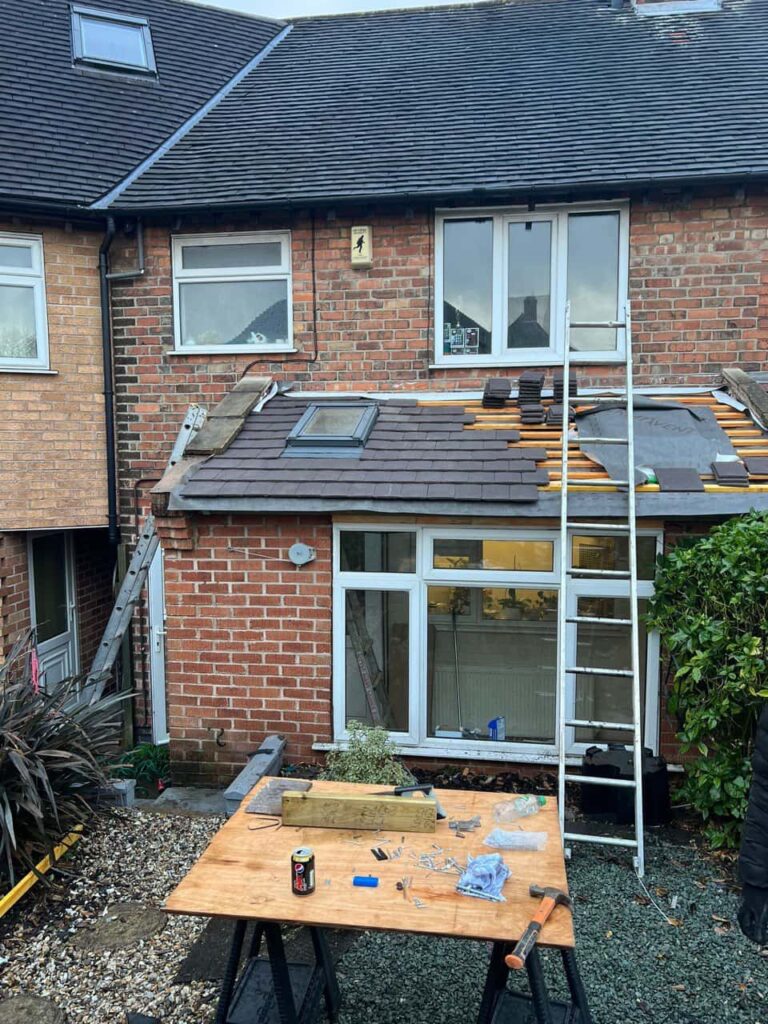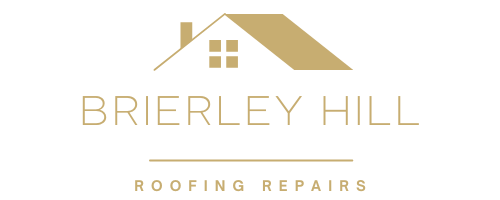Don’t Ignore the Signs — Know What Your Roof Is Telling You
Spotting a crack in your roof can be worrying. It might seem small and harmless, or it could be the early sign of something far more serious. The challenge for many homeowners is knowing the difference. Is it just a hairline crack in the render, or does it indicate deeper structural damage?
Here at Brierley Hill Roofing Repairs, we regularly inspect and repair roofs throughout Brierley Hill and the West Midlands — and we know first-hand how misleading some cracks can be. In this post, we’ll help you understand which cracks may be cosmetic, which are warning signs, and why it’s best not to leave anything to chance when it comes to your roof.
What Causes Cracks in a Roof?
Cracks can appear for a range of reasons — and not all of them are dangerous. Natural wear and tear, weather exposure, age, and even building movement can contribute to cracks forming. However, just because the cause seems normal doesn’t mean the outcome is safe.
Common causes of roof cracks include:
- Seasonal expansion and contraction
- Frost damage in mortar or render
- Poor original installation
- Water ingress and freeze-thaw cycles
- Settling of the building structure
- Impact from falling branches or debris
Each of these can result in different types of cracks — some more concerning than others. A professional inspection is often the only way to know for sure.
Cosmetic vs. Structural — What’s the Difference?
Cosmetic Roof Cracks
Cosmetic cracks are surface-level and usually not an immediate threat. You might see them in external render, hairline splits in tiles, or along joints where materials expand and contract. They often develop as a result of age or temperature changes and tend to stay stable over time.
Typical features of cosmetic cracks:
- Thin or hairline in width
- Not growing or spreading
- No water staining or leaks nearby
- Located on the surface of render or mortar
While they may not require urgent repair, cosmetic cracks still need to be monitored and, in some cases, sealed to prevent water penetration.
Structural or Dangerous Roof Cracks
Structural cracks, on the other hand, signal potential damage to the roof’s integrity. They could affect the load-bearing components of your roof, allow water to enter, or even lead to collapses if left untreated.
Warning signs that a crack may be serious:
- Cracks wider than 5mm
- Cracks that are getting larger over time
- Visible signs of water damage inside the home
- Cracks that follow a stepped pattern through bricks or tiles
- Cracks near roof valleys, chimneys, or load points
- Loose, slipping or broken tiles around the crack
If you spot any of these issues, it’s time to call in a professional roofer immediately. Ignoring them can lead to much more costly problems down the line.
Roof Areas Where Cracks Are Most Concerning
Some roof locations are more vulnerable than others. Cracks in these areas should never be brushed off as cosmetic, as they’re often subject to additional stress or water flow.
Areas to check closely include:
- Chimney stacks and flashing – Cracks around chimneys often lead to leaks
- Roof valleys – Where two slopes meet, water naturally flows through; cracks here can cause internal damage quickly
- Ridge tiles – These sit along the highest point of the roof and are exposed to the most wind and rain
- Eaves and gutter lines – Cracks in these areas can allow water into the roof edge or soffits
At Brierley Hill Roofing Repairs, we pay close attention to these zones during inspections, as even a small crack in the wrong place can cause major headaches.
When to Act — And Why Waiting Is Risky
Some homeowners wait to see if a crack gets worse before taking action. Unfortunately, roof damage rarely gets better on its own. Moisture, wind, frost, and even the weight of snow can quickly turn a minor issue into a major one.
Risks of ignoring roof cracks include:
- Progressive water damage to internal structures
- Compromised insulation and energy efficiency
- Growth of mould or damp
- Timber rot in rafters or battens
- Pest access points through broken tiles or gaps
Even if you suspect the crack is minor, it’s always wise to have it inspected by a professional. An experienced roofer can assess whether it needs immediate repair, close monitoring, or simple cosmetic sealing.
Conclusion
What might appear to be a harmless crack on your roof could be the early sign of something more serious. Understanding the difference between cosmetic and structural cracks is key — but even then, it’s not always easy to tell without proper knowledge and tools.
At Brierley Hill Roofing Repairs, we’re proud to help homeowners across Brierley Hill and the West Midlands keep their roofs safe, weather-tight, and worry-free. If you’ve spotted a crack — no matter how small — don’t leave it to chance. A timely inspection today could save you a costly repair tomorrow. Contact our expert team to arrange a no-obligation assessment and keep your roof in top condition.
Call us on: 01384 437 690
Click here to find out more about Brierley Hill Roofing Repairs
Click here to complete our contact form and see how we can help with your roofing needs.

